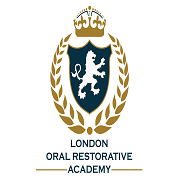
Mehdi A. Ebrahimi
The University of Hong Kong, Hong Kong
Title: Customized topography with tailored porosity control of composite 3D scaffold for enhanced bone tissue engineering
Biography
Biography: Mehdi A. Ebrahimi
Abstract
Bioceramic biomaterials provide excellent support for bone tissue engineering, yet there are many shortcomings in physicochemical properties to be improved. Surface topographical features ranging from nano to macro are of great importance in determining the particular cellular responses toward the scaffold. There have been many attempts in the literature to tailor the porosity in order to modify the surface topography. It is known that pore dimension, geometry and overall porosity and interconnectivity have significant impact on cellular attachment, migration and communication. However, the control of porosity parameters in 3D scaffold structure is a challenging task. Different porogens to better customize the porosity have been studied but the challenges are difficult control over pore size and the need to remove porogens to avoid cytotoxic effects. Here, we introduce a novel technique by using non-toxic non-ionic surfactant (Tween) as porogens to aid in customizing surface topography by modifying porosity features of composite collagen-HA scaffolds during lyophilization process. Four different ratios of Tween (0, 10, 20, 30 wt%) and two ratios of collagen-HA (85/15 and 92/8 wt%) along with a controlled quenching rate allowed production of a range of porosities (> 90%), pore sizes (≤ 500 nm and 100-300 µm) with high interconnectivity. It is assumed that a range of pore size and geometry will provide a suitable topographical feature that may better support vascularization and cells communication. This will be of great advantages over conventional scaffolds in supporting cellular interactions and improving cellular behaviors for enhanced bone tissue engineering.



